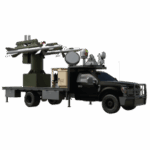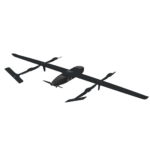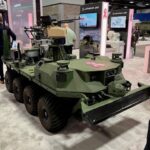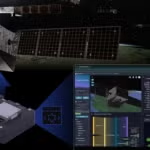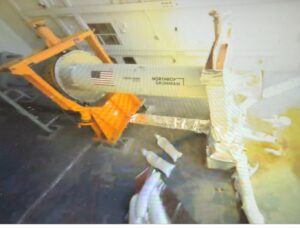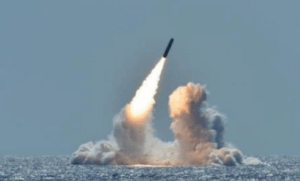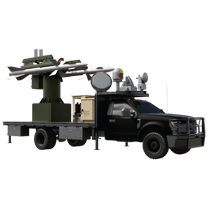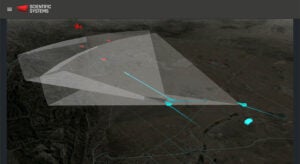
Scientific Systems Company Inc. (SSCI) last November successfully tested its collaborative autonomous flight software with multiple Group 5 unmanned aircraft systems (UAS) in a live, virtual, and constructive (LVC) environment. The tests included the Collaborative Mission Autonomy (CMA) software on one live General Atomics MQ-20 Avenger unmanned combat air vehicle and several LVC assets as part of a mixed team of MQ-20 platforms in a multi-vehicle defensive counter-air mission, SSCI said on Tuesday. The CMA platform includes artificial intelligence and…

 By
By 